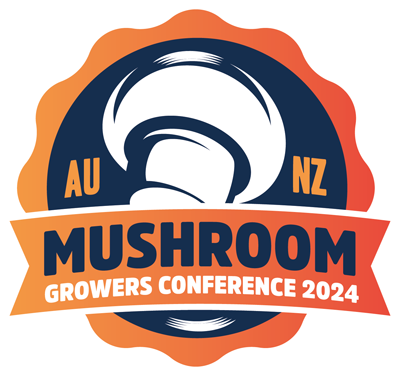
Dr. Michael Kertesz
Associate Professor for Soil Microbiology
University of Sydney
Michael Kertesz is Associate Professor for Soil Microbiology in the School of Life and Environmental Sciences at the University of Sydney. He received his PhD from the University of Cambridge, and then led a successful research group in microbial ecology (Swiss Federal Technical University (ETH), University of Manchester), focussing on how bacteria and fungi interact with their environment, especially in soil and around the roots of agricultural crop plants. He took up his position at the University of Sydney in 2009.
In Sydney, he has applied his knowledge of microbe-soil interactions to the field of mushroom research. His work on mushroom-microbe interactions in compost has revealed the presence of thousands of unknown bacterial species in mushroom compost (MU100021 Improving consistency of mushroom compost through control of biotic and abiotic parameters) and his development of rapid methods for early detection of mushroom pathogens gave rise to the disease monitoring scheme currently used in the Australian mushroom industry (MU12007 Development of a pilot mushroom farm disease monitoring scheme). His work on nitrogen transformations in mushroom compost (MU17004) has evaluated alternative N sources for composting, and characterized how key compost organisms make nitrogen available to the mushroom mycelium. Most recently, he has been developing a database of bio‐markers for compost quality control to maximise mushroom production yield (MU17006). Michael’s mushroom research addresses questions of sustainability for commercial production of mushroom compost, and aims to understand microbial interactions in the compost in order to optimize the yield and quality of mushroom crops.
Using compost biomarkers to predict mushroom crop yield and quality
The quality and yield of a mushroom crop depends critically on the quality of the compost. But what do we mean by “compost quality”? Measures of compost quality have changed very little in the last forty years – they depend on a few relatively simple chemical assays (e.g. ammonium content, water-soluble carbon, C/N ratio, pH) and on the empirical personal expertise developed by successful composters over years of experience. These measures are invaluable, but attempts to apply them for predictive compost management have so far been largely unsuccessful.
Recent years have seen great advances in our understanding of the microbiology of mushroom compost, and how this affects composting. To harness this knowledge and use it to measure compost quality, we have carried out an extensive program of microbial analysis at composting yards across four Australian States. We have measured the levels of different microbes in the mixed raw materials for composting, and repeated this analysis at successive composting timepoints up until spawn addition. The program took samples from successive compost crops at the participating composters over an entire year, and has used the data to construct a database of microbial diversity built up from over 600 individual compost samples. This reveals the consistency of microbial activity at each yard, but also the variation in particular types of microbes that occurs with the time of year, the input materials used (e.g. new season straw), and the different composting processes used at individual yards. Most importantly, we also analysed the mushroom crop obtained using every measured compost , and correlated the respective mushroom yield and quality with the succession of microbial communities observed in that compost. In this way, the presence or absence of particular bacteria or fungi in the compost can be used to predict crop results. Knowing this ahead of time will provide growers with powerful additional tools for compost and farm management.
